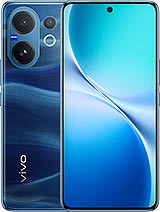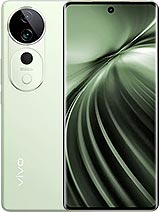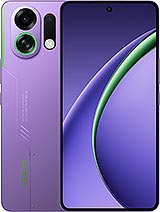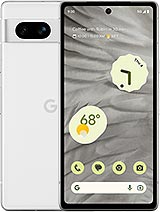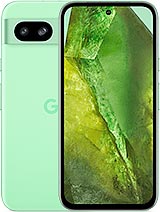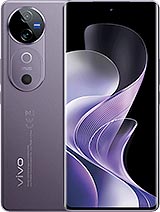Poco F7 alternatives
Tap above to see alternatives.
Vivo V40 alternatives
Tap above to see alternatives.
1x3.21 GHz Cortex-X4
3x3.0 GHz Cortex-A720
2x2.8 GHz Cortex-A720
2x2.0 GHz Cortex-A720
1x2.63 GHz Cortex-A715
3x2.4 GHz Cortex-A715
4x1.8 GHz Cortex-A510
12GB 512GB (UFS 4.1)
8GB 256GB (UFS 2.2)
12GB 512GB (UFS 2.2)
Sony IMX882, f/1.5, 26mm (wide), 1/1.95", 0.8µm, PDAF, OIS
8 MP
SmartSens SC820CS, f/2.2, 15mm (ultrawide), 1/4.0", 1.12µm
f/1.9, 24mm (wide), 1/1.56", 1.0µm, PDAF, OIS
50 MP
f/2.0, 15mm, 119˚ (ultrawide), 1/2.76", 0.64µm, AF
1080p@30/60/120/240/960fps
1080p@30fps
OmniVision OV20B, f/2.2, (wide), 1/4"
f/2.0, 21mm (wide), 1/2.76", 0.64µm, AF
1080p@30fps
SIM1: Nano, SIM2: Nano
SIM1: Nano, SIM2: Nano
15 5G bands
n1, n2, n3, n5, n7, n8, n20, n28, n38, n40, n41, n48, n66, n77, n78
8 5G bands
n1, n3, n5, n8, n28, n40, n77, n78
In this performance comparison, the Poco F7 with its Qualcomm Snapdragon 8s Gen 4 (4nm) performs better than the Vivo V40 with the Qualcomm Snapdragon 7 Gen 3 (4nm), thanks to superior chipset efficiency.
Poco F7 launched with Android 15 and will receive updates until Android 19, whereas Vivo V40 launched with Android 14 and will get Android 17. Poco F7 will get security updates until 2031 (approx. 6 years), while Vivo V40 is supported till 2028.
Both Poco F7 and Vivo V40 feature AMOLED displays, offering vibrant colors and deeper blacks. Both smartphones offer the same 120 Hz refresh rate. Vivo V40 also boasts a brighter screen with 4500 nits of peak brightness, enhancing outdoor visibility. Notably, Poco F7 offers a higher screen resolution, resulting in sharper visuals and more detailed content.
Poco F7 comes with a larger 7550 mAh battery, which may offer longer usage on a single charge. Poco F7 also supports faster wired charging at 90W, compared to 80W on Vivo V40.
Both phones feature the same IP68 rating for water and dust resistance.
¹ Scores can vary even with the same chipset due to RAM, thermals, and software optimization.

